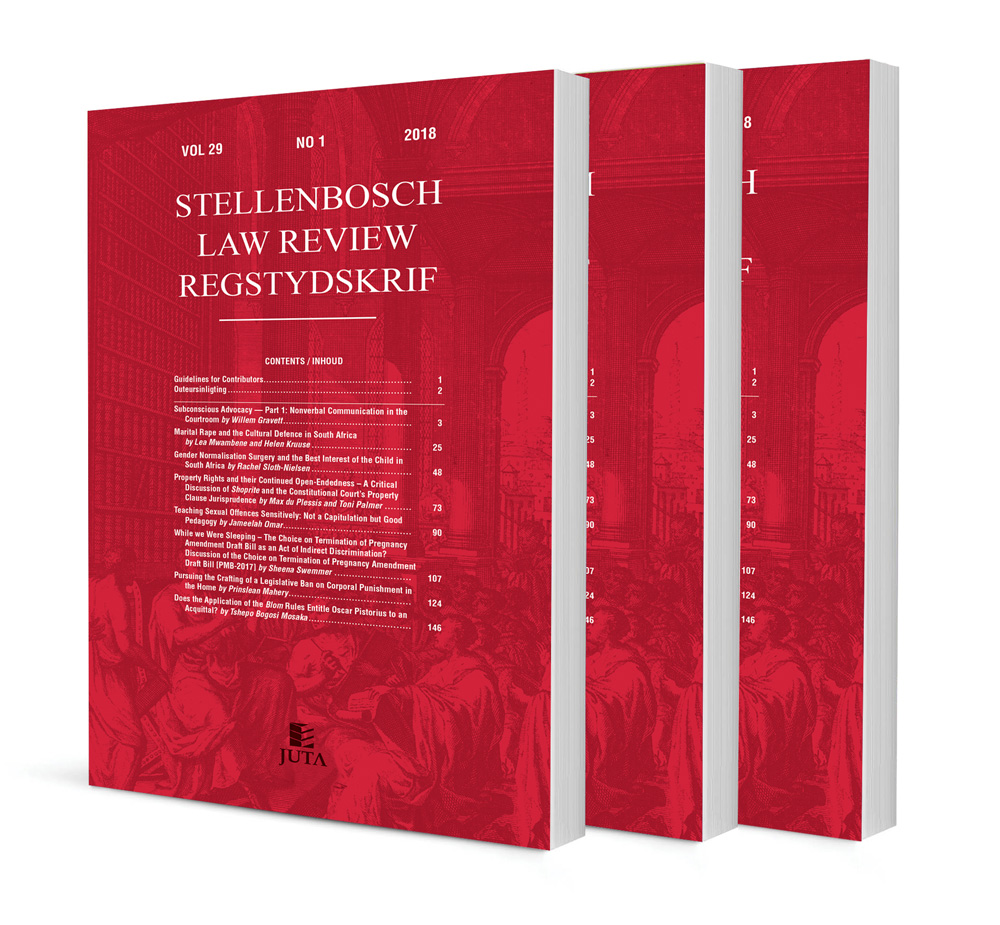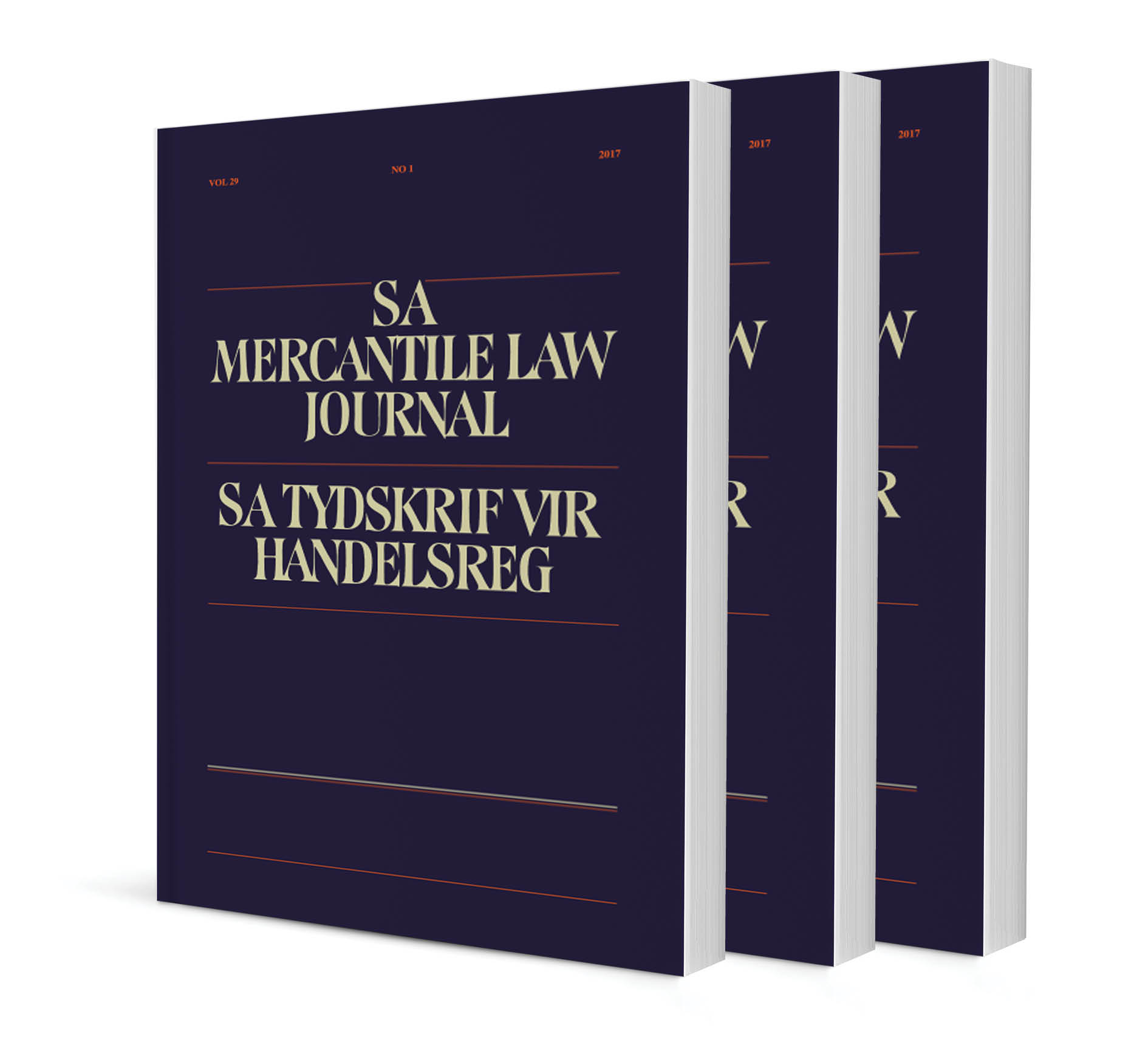Using a diagram as a teaching and learning tool for assessing the law of servitudes

Using a diagram as a teaching and learning tool for assessing the law of servitudes
Author Gustav Muller
ISSN: 1996-2193
Affiliations: LLB LLD (Stell) Diploma (Åbo Akademi), Senior Lecturer in the Department of Private Law at the University of Pretoria
Source: Stellenbosch Law Review, Volume 30 Issue 3, 2019, p. 415 – 433
Abstract
In this article I investigate whether the use of a diagram as a teaching and learning tool for the assessment of the law of servitudes can change a student’s approach from mainly surface learning to deep learning. I set out to do this by providing a brief introduction to the requirements for the establishment of a permanent way of necessity (Van Rensburg v Coetzee) and for the relocation of a defined right of way (Linvestment CC v Hammersley). I adopt the apprenticeship teaching perspective to answer a hypothetical problem posed to students. I then evaluate the answer against the standards of Bloom’s taxonomy and the Council on Higher Education’s LLB qualification standard. This article is a response to the finding by the council’s review panel that there is a misalignment between the teaching and learning practices observed and assessment methods employed in the Faculty of Law at the University of Pretoria. In this article I show that the use of a diagram creates a unique, stimulating teaching and learning environment where assessment promotes both lower and higher-order thinking skills in an experiential learning environment.
